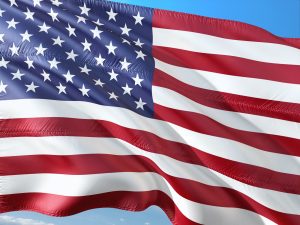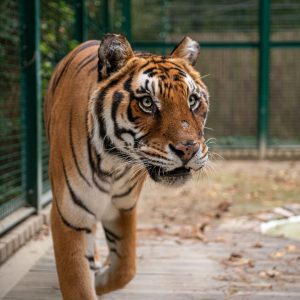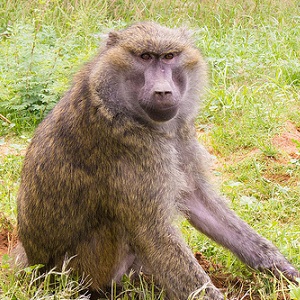United States of America
USA Country Profile
 The United States is the world’s third-largest country by both land and total area. It is primarily located in North America and consists of 50 states, a federal district (Washington, DC), five major unincorporated territories, nine Minor Outlying Islands, and 326 Native American reservations. The U.S. shares land borders with Canada and Mexico and has maritime borders with the Bahamas, Cuba, Russia, and other nations. With a population of over 333 million, it is the third most populous country in the world.
The United States is the world’s third-largest country by both land and total area. It is primarily located in North America and consists of 50 states, a federal district (Washington, DC), five major unincorporated territories, nine Minor Outlying Islands, and 326 Native American reservations. The U.S. shares land borders with Canada and Mexico and has maritime borders with the Bahamas, Cuba, Russia, and other nations. With a population of over 333 million, it is the third most populous country in the world.
Geography & Wildlife
The large size and vast geographic area of the United States means that it contains most climate types, including humid continental and subtropical climates, arid and semi-arid climates, an alpine climate in its mountainous regions, a Mediterranean climate along much of its west coast, among others.
This vast array of climates and ecosystems supports abundant biodiversity. The U.S. is one of 17 “megadiverse countries” that contain large numbers of endemic species, including more than 428 mammal species, 784 bird species, 311 reptile species, 295 amphibian species, and 91,000 insect species.
The U.S. government owns about 28% of the country’s land, most of which is protected and managed by the National Park Service and other federal agencies, though some of it is leased for oil and gas drilling, mining, logging, and cattle ranching.
Main Challenges
The U.S. government has taken steps to protect biodiversity and the environment, notably by establishing the Environmental Protection Agency (EPA) in 1970 and passing the Endangered Species Act (ESA) in 1973.
Since its inception, the ESA has successfully saved more than 99% of listed species from extinction by protecting the habitats of endangered animals and plants, protecting them from hunting, and other measures. Other important federal laws related to animal welfare and wildlife protection include the Animal Welfare Act (1966) and The Lacey Act (1900).
Despite these successes, challenges persist. There are raging political debates over issues such as climate change, oil and nuclear energy, wildlife protection, and more, which often prevent or slow advancement on these issues.
Additionally, many laws governing animal welfare and wildlife protection fall under the purview of state, rather than federal, government. This means that wildlife protection and animal welfare laws can vary, often dramatically, from place to place across the U.S.
Therefore, improving conditions for animals via legislation is often a case of working on a state-by-state basis.
Some specific challenges related to animal welfare in the U.S. are wild animal captivity, trapping and fur farming, the exotic pet trade, and wildlife trade, including trophy hunting.
Born Free USA
Born Free USA works to ensure that all wild animals, whether living in captivity or in the wild, are treated with compassion and respect. They work across the world to preserve and protect wildlife in its natural habitat – finding Compassionate Conservation solutions so that humans and wildlife can co-exist peacefully.
Visit the Born Free USA website
 Animals in Captivity
Animals in Captivity
Born Free USA advocates for an end to wild animal captivity in zoos and aquariums as well as in private homes as pets.
They also push for an end to the use of animals in entertainment, including the circus, in film and television, and in interactive experiences such as animal rides and cub petting.
Trapping
Born Free USA advocates for an end to cruel trapping on both public and private lands and raises awareness about the danger trapping poses to wildlife, people, and companion animals.
Fur Trade
Born Free USA calls for an end to fur farming in the U.S. and around the globe and encourages retailers, designers, and brands to adopt fur-free policies.
Wildlife Trade
Born Free USA works extensively to combat illegal wildlife trafficking. They partner with local authorities in West and Central Africa to provide anti-wildlife trafficking training to officials on the frontlines of the fight to save species from poaching. They also advocate for stronger protections for wildlife species at international venues such as CITES. Finally, they educate the public about the cruelty and harm of trophy hunting and canned hunting.
Coexisting with Wildlife
Born Free USA takes aim at the needless killing of wildlife. They promote peaceful coexistence between humans and animals by providing tools and guidance for nonlethal conflict management and publicising solutions that can prevent conflicts from arising in the first place. They also use legislative and regulatory channels to speak for the wild animals who cannot speak for themselves.
 Primate Sanctuary
Primate Sanctuary
Animals: primates
Work: welfare & captivity
Managed by: Born Free USA
Born Free operates a 175-acre primate sanctuary in south Texas. One of the largest primate sanctuaries in the United States, the sanctuary provides a safe, permanent home to monkeys.
These monkeys have been rescued from abuse in roadside zoos, as pets in private homes or from animal experimentation. The mission at the sanctuary is to provide monkeys as high a quality of life as they can.
Currently, there are 11 species of monkey at the primate sanctuary: bonnet macaque, long-tailed macaque, pig-tailed macaque, rhesus macaque, stump-tailed macaque, Japanese macaque, olive baboon, hamadryas baboon, Guinea baboon, African vervet, and tantalus monkey.
